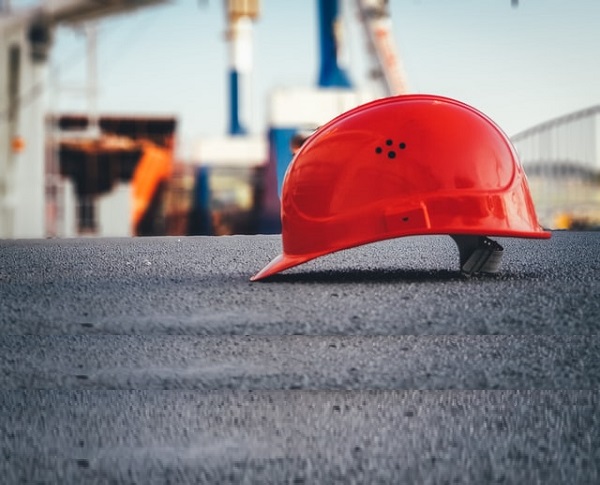Free Course
OSHA 10-Hour Maritime Industry
The OSHA 10 Maritime Industry Credential is intended to provide a variety of training to workers with safety responsibility. Training should emphasize hazard identification, avoidance, control and prevention, not OSHA standards. Emphasis has been placed on areas in the Maritime industry that are most hazardous.
Course Modules - (12)
Learning Outcomes:
- Upon course completion, students will define maritime terms found in the OSHA Maritime Standards, identify hazards in the industry and determine appropriate controls and abatement.
Completion Requirements:
- 100% appearance for the course
- Fully involvement in all class trainings (determined by instructor)
- Completion of Continuing Education and Training Registration Form
- Completion of mandatory quiz assessments
- As applicable, attainment of least passing score on required end-of-course examination
- Participation and submittal of end-of-course assessment form (must provide name on form to obtain credit)


